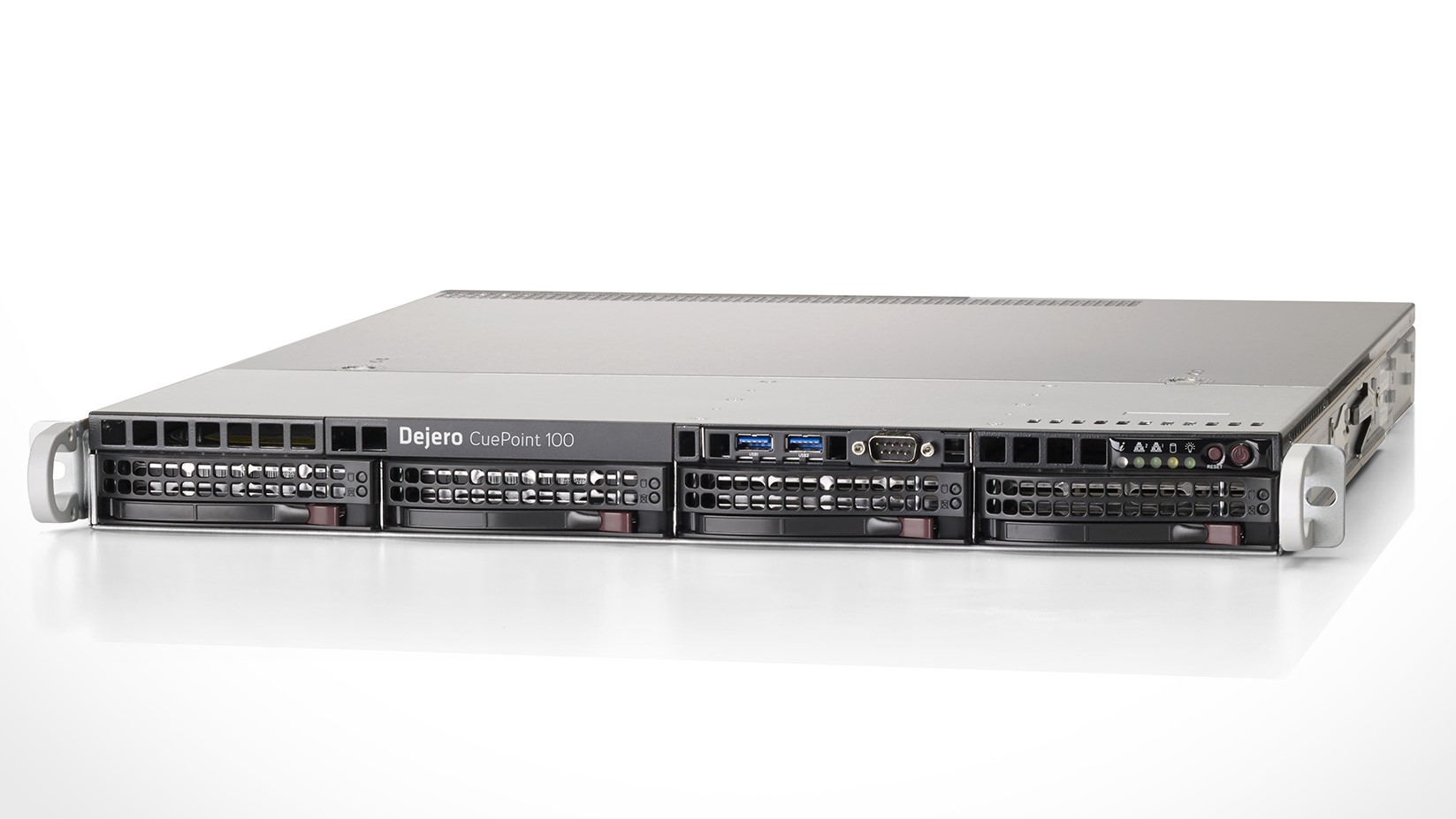Low-Latency Return Video: The Key to Engaging TV
The demands of live require accurate, real-time comms, tools

Think of the major sporting events such as the Summer and Winter Games, the European and global football tournaments, Tour de France, or Ironman. Picture political events such as the G7 conferences, elections, inaugurations, or monumental historic events like the funerals of world leader Nelson Mandela and the Royal Wedding of Prince Harry and Meghan Markle.
What do these events all have in common? They are live and often bring together vast crowds of spectators and broadcasters in a relatively small space, all vying for network coverage. Indeed, when natural disasters such as tsunamis or floods strike, or in remote locations ravaged by war, there is likely to be limited connectivity.
During these events, broadcasters rely solely on their field crews to capture and deliver the highest quality of live content from these overcrowded or remote locations, sometimes against all odds. Their success depends on the ability of the field crew and their central production support to remain in constant, precisely-timed synchronization. But because the field crews are not in the broadcast studio, they don’t have access to all the tools, technology and resources the broadcast facility team offers.
Field broadcast crews are expected to deliver professional quality content that compliments the studio broadcast, but the on-location talent and camera operators can be disconnected from what's happening on the live program feed. This is a major issue, as they need to know what the shot looks like when they are on air in order to make real-time adjustments as necessary. It's often difficult to feed anything more than the IFB audio comms back to the field crew without a significant degree of latency—so this becomes an area for improvement.
This lack of real-time feedback causes many daily challenges for field production crews. Technology that simplifies return video and teleprompting is therefore crucial to modern-day field broadcasting. To create precisely-timed and captivating live content in the field, the studio production and remote teams need to be in sync, whether that be for talent cueing, production and confidence monitoring or accessing a teleprompter. Technology that creates a two-way dialogue and allows teams to access production information, simultaneously, with low latency, becomes essential.
How exactly does this help? For starters, graphical overlays can ruin a shot if for example, the graphics cover the talent or the background imagery contained in the live playout. A camera operator who doesn’t know what the graphics look like in the playout feed can’t adjust a shot to accommodate for that. When multiple cameras are involved with multiple viewpoints, it becomes even more complex: If a camera operator sees something unfolding in a sports event for example, they can't check if other operators are aware of the event and are providing alternative viewpoints of the action.
In a high-latency environment, teleprompter feeds are often sent as a one-way static feed that can't be adjusted by the studio, leaving field reporters with limited information and having to listen to audio instructions from the MCR when they should be focused on their on-air presence. This is another case where technology that provides dynamic and low-latency feedback is crucial.
CONFIDENT IN COMMUNICATING
Bidirectional communication also benefits from extremely low latency. Without it, field producers have little information about what their field crew is doing during a live broadcast. This drastically changes the quality of the live feed. Enabling field production monitoring helps crews view current playout and anticipate live reporting from field talent.
For multiple camera productions, such as live sport events, the MCR team can see which cameras are on air and provide more real-time instruction to the camera operators in the field, adding video to the traditional audio feed. For crews that create their own overlays in the field—storm chasers for example, where graphic overlays are generated in the van— return video means they can supervise their own real-time output, allowing them to adjust the graphical overlays and help the field camera operator to adjust their shot as well.
For field camera operators, a low-latency environment gives them the confidence to dynamically adjust their camera framing based on what they see on-air; thus taking into account the graphic overlays and split screens showing various interacting reporters. It empowers them to deliver the most accurately framed shot they can possibly achieve during a live playout. This is particularly relevant for weather updates, where broadcasters want to ensure that shots include not only the on-screen talent, but what is happening behind them such as a tornado or a hurricane. In this situation, it would be unfortunate for a graphic to cover the very thing the audience has tuned in to see!
Low latency also makes near real-time visual talent cueing and teleprompter feeds a reality. Visual cueing offers real-time visual feedback of how they look on-air: Are their clothes straight, do they need to look more engaged, are they standing in the right place? It also lets them see their counterpart in the studio, or their counterparts in other remote locations, so they can have a genuine interaction with their colleagues during significant live events. When researchers and script writers send updates to the teleprompter feeds in near real-time, low latency is really critical. This allows the on-screen talent to read updated text as it flows, ensuring the audience is receiving the most up to date information.
In conclusion, to create precisely-timed and captivating live content in the field, central production and remote crews need to be in sync. Whether that be for talent cueing, production and confidence monitoring or accessing a teleprompter, extremely low-latency is essential to achieving this.
Dejero's CuePoint creates a two-way dialogue and allows teams to access production information simultaneously, with low latency. CuePoint servers can also send a signal to up to eight devices, including phones and tablets, so field crews are not only reliant on expensive production equipment to deliver these feeds.
CuePoint's ability to deliver return feeds at very low latency is what really makes this system interesting. Users can scale the number of return feeds needed in the field because the high-performance server delivers return feeds with as little as 250ms of latency, so that field crews can collaborate with resources from the broadcast center in real-time.
Yvonne Monterroso is director, product management at Dejero.
Get the TV Tech Newsletter
The professional video industry's #1 source for news, trends and product and tech information. Sign up below.

